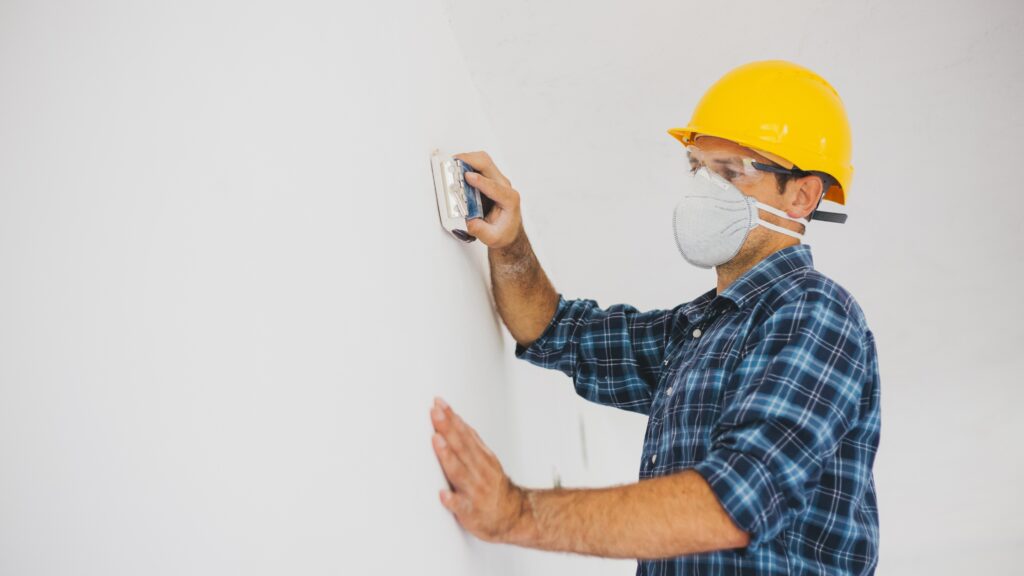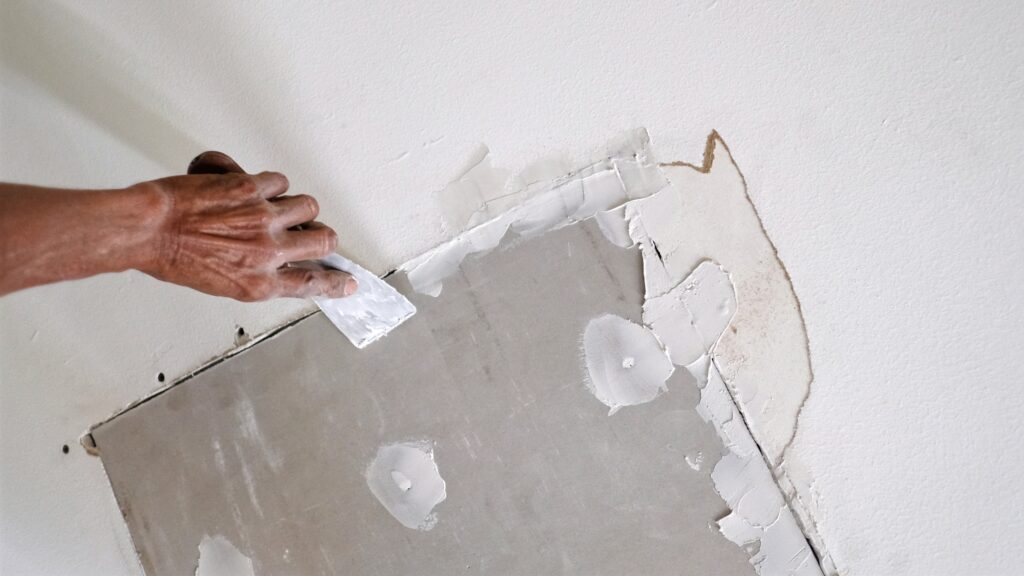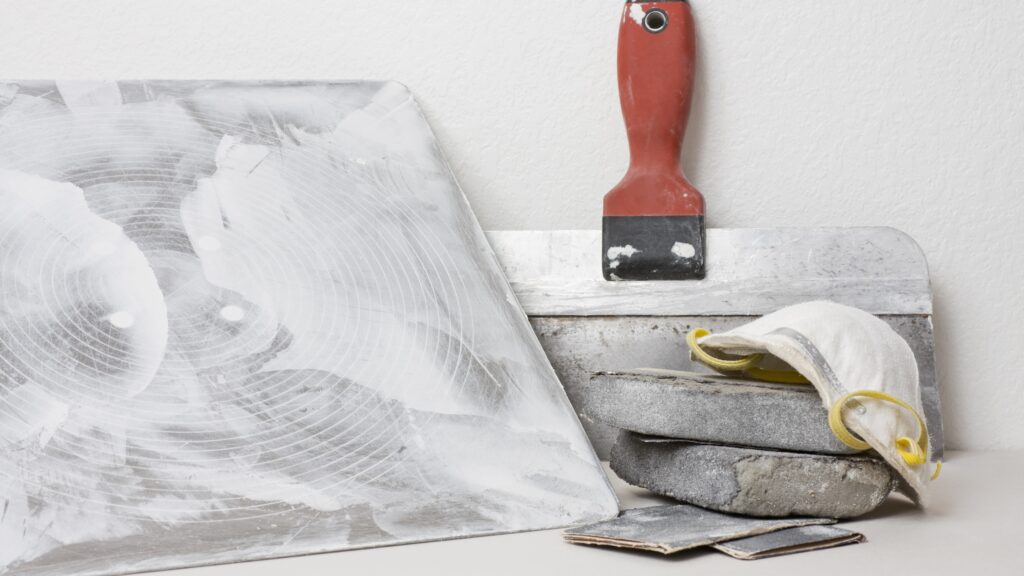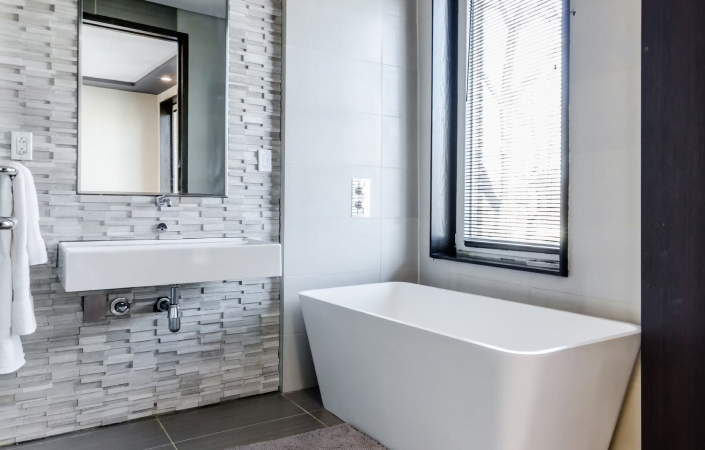When building or renovating a home, many people think about the design, color schemes, and furnishings. But one of the most important parts of any room is the drywall. Drywall forms the foundation of your walls and ceilings. It’s more than just a surface to paint or hang pictures on. It provides structure, insulation, and—thank goodness—soundproofing. A quality drywall installation is essential for a safe, comfortable, and attractive home.
What is Drywall?
Drywall, also known as plasterboard or gypsum board, is a panel made of calcium sulfate dihydrate. It is sandwiched between two sheets of thick paper. Drywall is used to make interior walls and ceilings. It became popular in the early-20th century as a faster, cheaper alternative to traditional plaster walls. Today, it is a standard material in the majority of homes.
Why Quality Installation Matters

Getting a quality drywall installation is a good idea for several reasons. Poorly installed drywall can lead to many problems, such as cracks, uneven surfaces, and weak structures. These issues can cause long-term damage and even become a safety risk. Here are some reasons why a good, quality drywall installation is so important:
- Structural Integrity: The drywall forms the foundation of your walls and ceilings. The walls can be weak and prone to damage if you don’t install it correctly. This is especially important in areas prone to natural disasters like earthquakes or heavy storms. Quality installation of your drywall surfaces means that your walls and ceilings are strong and durable.
- Smooth Finish: A well-installed drywall provides a smooth and even surface. This is important for the appearance of your walls and ceilings. If the drywall is not installed correctly, you may see bumps, ridges, or visible seams. These imperfections can be difficult to cover with paint or wallpaper. A smooth finish also makes it easier to hang pictures or install fixtures so that they are flush with the walls.
- Soundproofing: Drywall really helps with soundproofing your home. It helps block noise from outside and between rooms. This is especially important in homes with multiple occupants or in urban areas with lots of noise. If you get professionals to install your drywall, they will make sure that the panels fit tightly together, reducing gaps that can allow sound to pass through.
- Insulation: In addition to soundproofing, drywall also provides thermal insulation to keep your home warm in the winter and cool in the summer. Poorly installed drywall can have gaps or holes that allow air to escape. This can lead to higher energy bills as your heating or cooling system works harder to maintain a comfortable temperature.
- Fire Resistance: Drywall is naturally fire-resistant. The gypsum used in drywall contains water, which slows down the spread of fire. However, improper installation of the drywall will compromise its fire resistance. You want your drywall to securely attach to the frame, with no gaps or weak spots that could allow a fire to spread more quickly.
- Preventing Moisture Damage: Moisture is one of the biggest enemies of drywall. If water gets into it, the water can cause it to swell, warp, or even collapse. This can lead to mold growth, which is not only unsightly but can also be harmful to your health. Professionals know to use proper sealing techniques and moisture-resistant materials in areas prone to humidity, such as bathrooms or basements.
Common Drywall Installation Mistakes
Even a small mistake during your drywall installation can lead to significant problems later on. Here are some common mistakes and how to avoid them:
Incorrect Measurements

Drywall panels come in standard sizes, but you often need to cut them to fit a particular space. Incorrect measurements lead to gaps or panels that don’t fit tightly together. This can weaken the structure and make it harder to finish the surface smoothly. Always double-check your measurements before you cut the board.
Poor Fastening
A drywall panel should attach to the house frame using screws or nails. If the fasteners are too far apart or not driven in correctly, the panels can become loose. This can cause the drywall to sag or crack over time. Plus, the panels need to attach to the studs. Don’t ignore the studs. Doing so will lead to loose or weak panels. Fasteners should be spaced evenly and driven into studs just below the surface of the drywall.
Improper Taping and Mudding
Taping and mudding refer to the process of covering the seams between drywall panels with joint tape and compound (mud). This creates a smooth, seamless surface. However, if not done correctly, the seams can be visible or the surface can become uneven. You’ll need to be patient at this step and pay attention to detail to make sure you get a professional finish.
Skipping Primer
Once the drywall is installed and finished, it’s important to apply a primer before painting. Primer seals the surface and provides a smooth base for the paint. Skipping this step results in a patchy or uneven paint job, as the drywall can absorb the paint unevenly.
Hiring a Professional vs. DIY

While it’s possible to install drywall yourself, it can be a challenging and time-consuming task. If you have little to no experience with drywall installation, it is likely you will make mistakes that can be costly to fix later on. Hiring a professional at the start can save you time and ensure that the job is done correctly. Professionals have the tools, skills, and experience necessary to install drywall efficiently and to a high standard.
Nevertheless, if you decide to do it yourself, take the time to learn the proper techniques. Watch tutorials, read guides, and practice on a small area before tackling a larger project. Remember that the quality of the installation will affect the long-term durability and appearance of your walls and ceilings.
Conclusion
A quality drywall installation will guarantee that your walls and ceilings are strong, smooth, and well-insulated. It also helps prevent issues like moisture damage, poor soundproofing, and fire hazards. If you take on the task yourself, it’s important to prioritize quality to avoid costly repairs. Your walls and ceilings are more than just surfaces—they are the foundation of your home’s interior. Make sure they are built to last.



